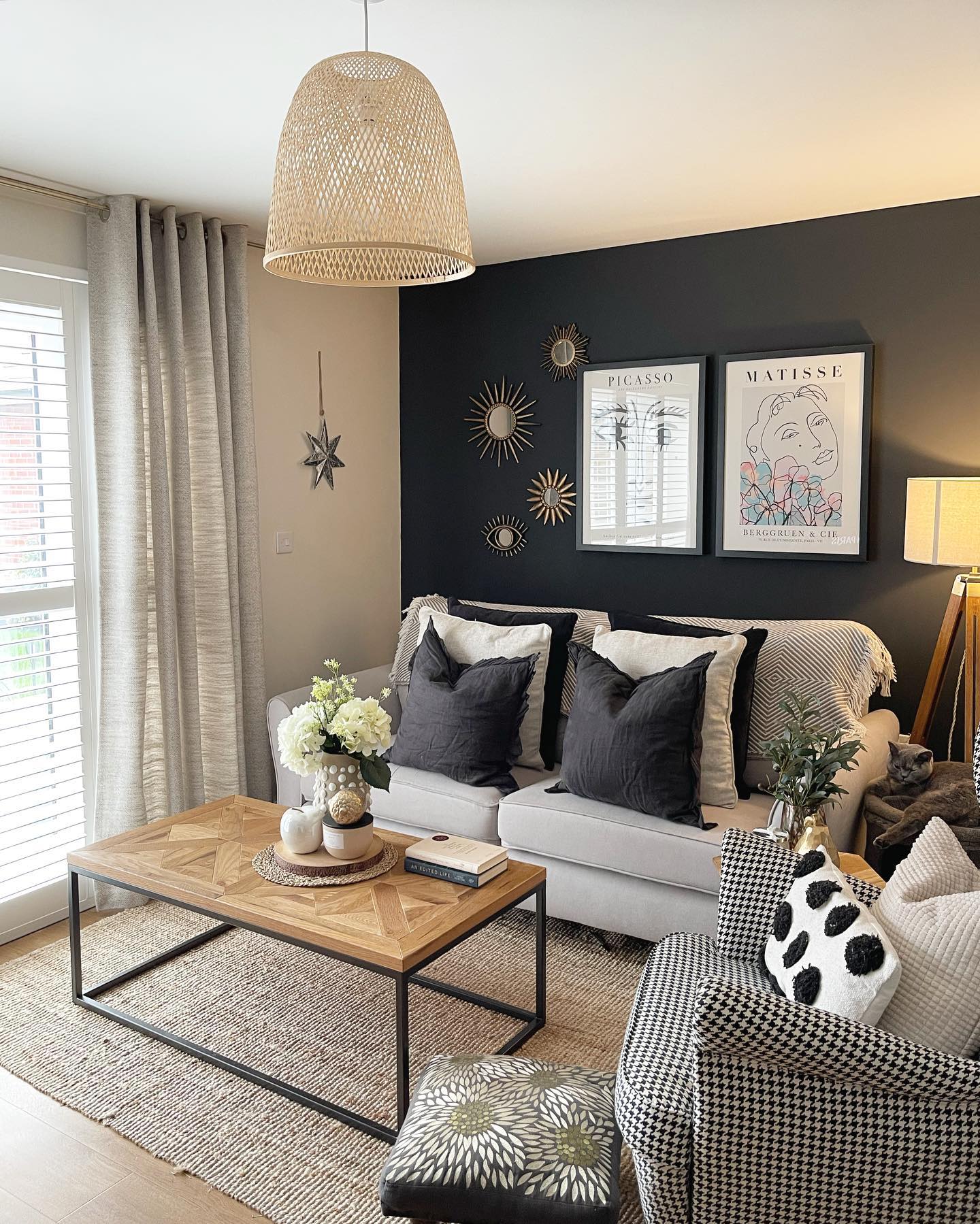Are you wondering if your new accent chair or loveseat will clash with your existing sofa? Or perhaps you’re tired of matching furniture sets and want to create a living room that feels more like you. Mixing and matching sofas and chairs is one of the easiest ways to express your personal style while making your space feel fresh and dynamic.
In this guide, we’ll walk you through how to pair different furniture styles, colours, fabrics, and shapes, without sacrificing cohesion or comfort. Whether you’re working with a beloved vintage sofa or eyeing up a bold new armchair, you’ll learn how to create a balanced, inviting space that looks perfectly put together.
Is it OK to mix and match sofas and chairs?
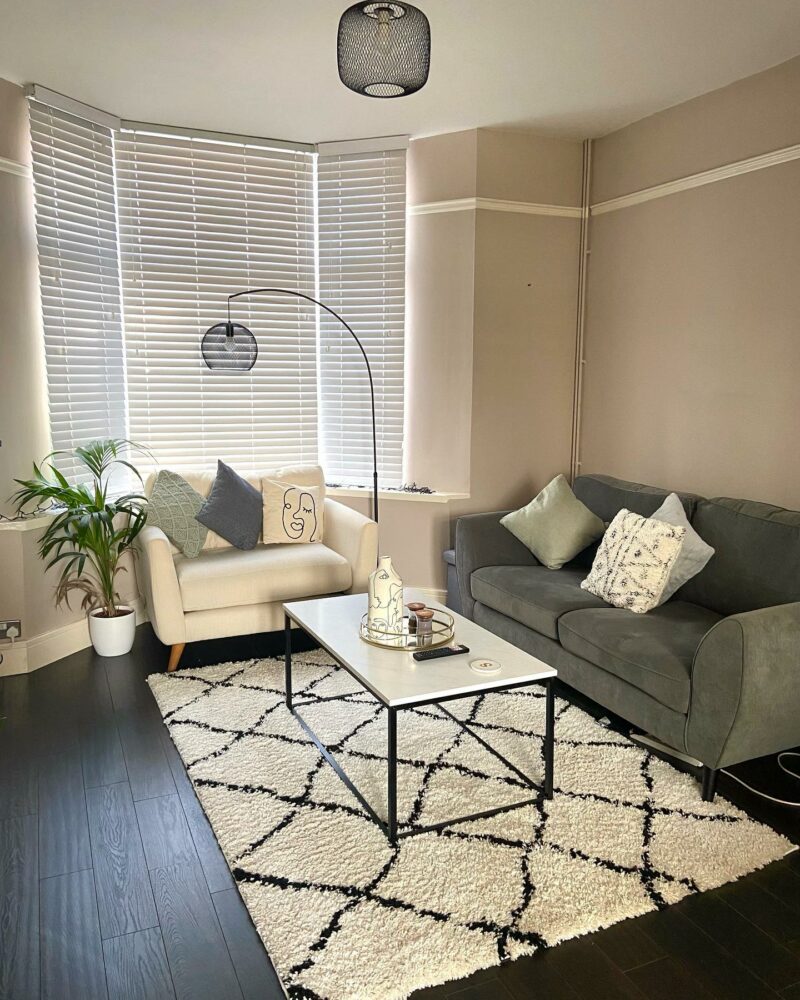
Evie loveseat | @siaanwilliams_home
Styling mismatched pieces is not only possible, but it can also result in a living room that feels uniquely personal, inviting, and effortlessly curated. Your sofa and chair don’t need to match perfectly to look amazing together. In fact, with a few thoughtful choices, you can highlight their individual character while still creating a harmonious space.
Our Head of Buying, Elena Mellowes echoes this approach, “Mixing sofas and chairs is a great way of injecting personality into your space; blending different designs, shapes and fabrics allows you to curate your home and make the most of your space without the cost of investing in a new three piece suite.”
We’ve put together our top tips to help you confidently combine even the most unexpected pieces, making it simple to achieve a beautifully balanced and sophisticated look.
How do I make sure furniture matches?
Prioritise your personal style
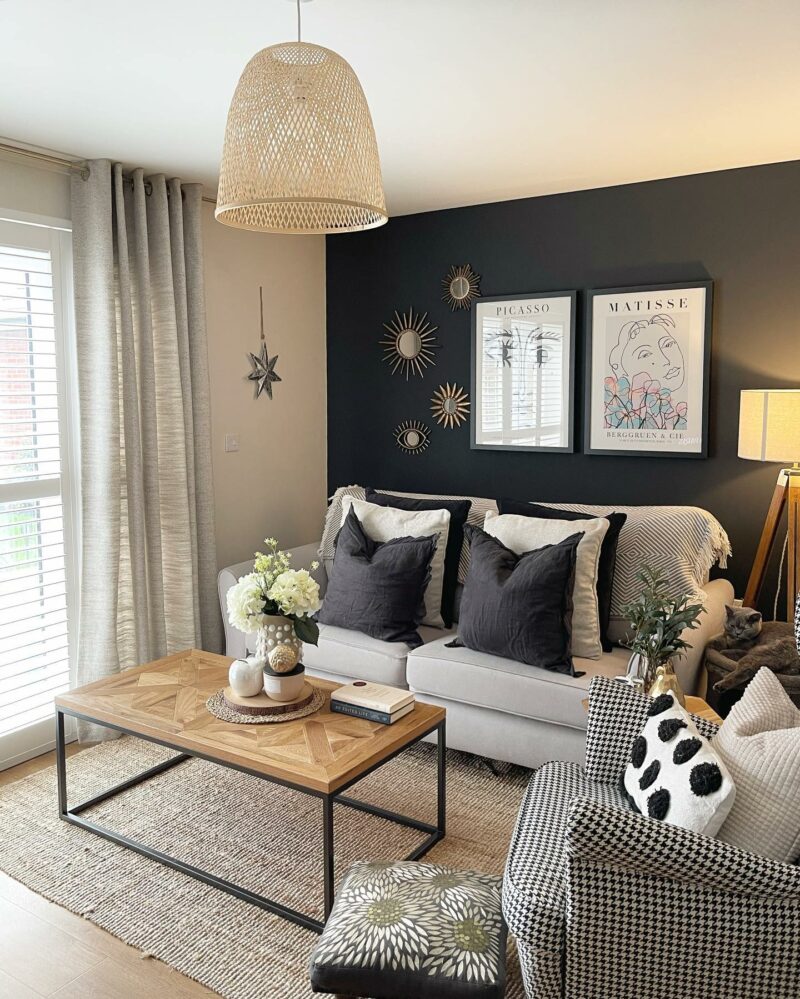
Jasmine sofa | @littlehouseofannie
Start by considering the overall style of your home. Walk through each room, take in the colours, textures, and mood. Your space should feel like a true reflection of who you are, not just a collection of design rules. Matching furniture isn’t about uniformity; it’s about creating a setting that feels natural, lived-in, and welcoming. Let your choices express your personality and how you want to feel in your home.
Stay true to your existing decor
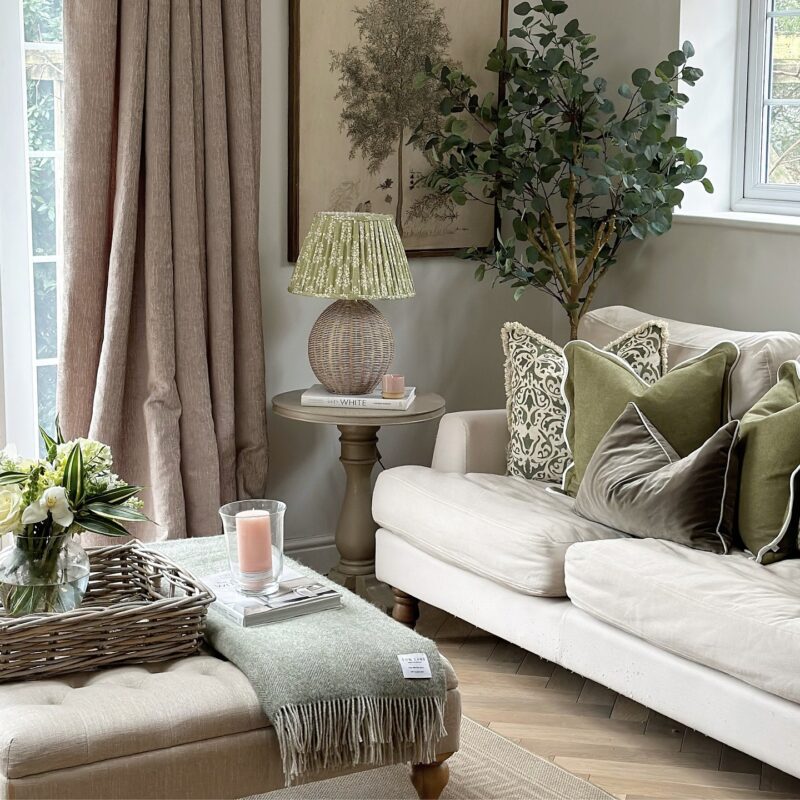
Burleigh side table | @our_wandsworth_home
That said, if your home style is more modern and minimal, a floral accent chair might feel out of place. Likewise, if your space embraces cottagecore charm or the vibrant patterns of the ’70s, cool grey tones could clash. While bold contrasts can sometimes pay off, they require a careful eye, as there’s a fine line between making a statement and making a design misstep.
Create contrast with fabrics

Iver armchair | Maine side table
One way to add interest to your living room is by adding texture. Rather than focusing on matching a specific type of fabric, try selecting a particular shape, style, or colour palette as the foundation of your furniture choices. This approach allows a variety of fabrics to work together harmoniously, enabling you to mix and match upholstery in a way that adds layers and depth to a room.
For example, sumptuous leathers, rich velvets, and corduroy pieces can look particularly stylish when paired with a linen-style fabric. You can also create a sense of balance by incorporating your chosen fabrics into soft furnishings such as decorative cushions and throws.
Elena continues, “A great way to execute this is to mix an accent chair with your sofa for a more stylised seating solution; consider a different but complementary fabric, or even a tonal leather to really make the space your own.”
If you do decide to mix different fabrics, keep the proportions of the furniture at the forefront of your mind. A brown leather sofa with a large frame will inevitably look disproportionate if paired with a smaller fabric chair. Accent chairs will mesh more successfully if they’re the same height, so that one doesn’t overshadow the other.
Maximise colour
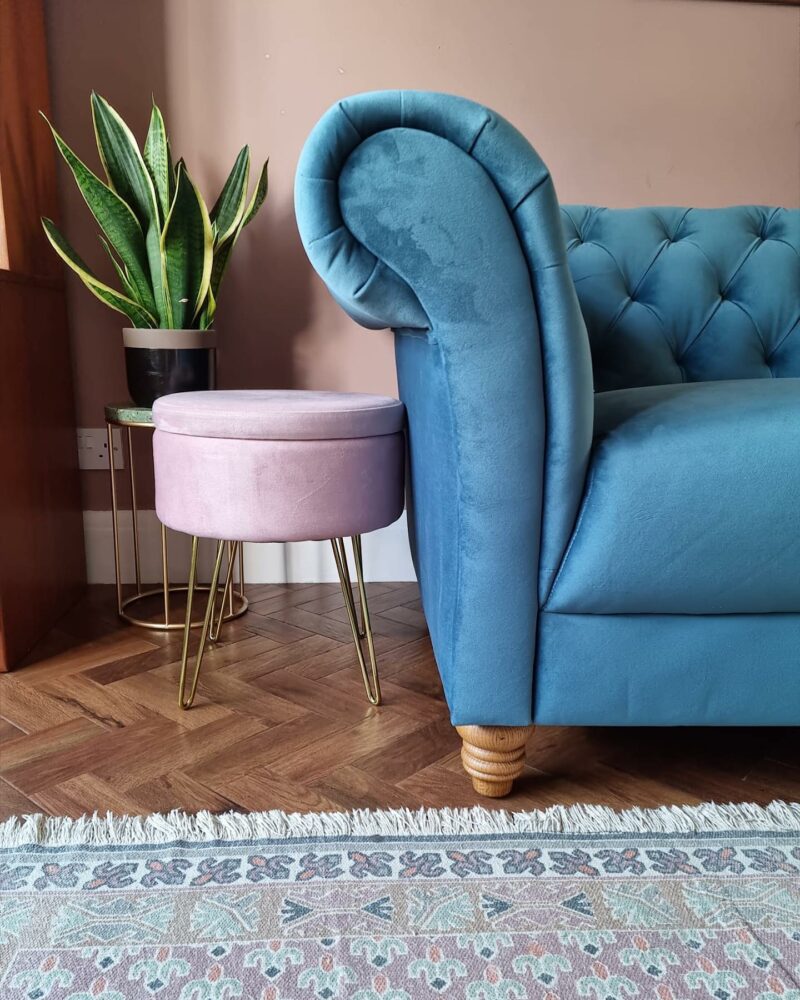
Montgomery sofa | @renovationtowers
If contrasting shapes, styles, or fabrics isn’t your thing, you might find more joy in playing around with colour. Mixing and matching colours from a small palette is the easiest way to create contrast and inject playfulness into a space without it feeling overwhelming.
Layering variations of the same few shades throughout the room creates a sense of cohesion and calm. It conveys a feeling of intention and balance, rather than a chaotic clash of colours, making your space feel both intriguing and thoughtfully put together.
Use bold accessories

If you’re just beginning to explore colour or prefer a more subtle approach, soft furnishings and accessories are an easy way to experiment. Start with a neutral base you love, then layer in subtle pops of colour through cushions, throws, or art — elements that are both flexible and easy to update as your confidence grows.
Layer patterns on patterns
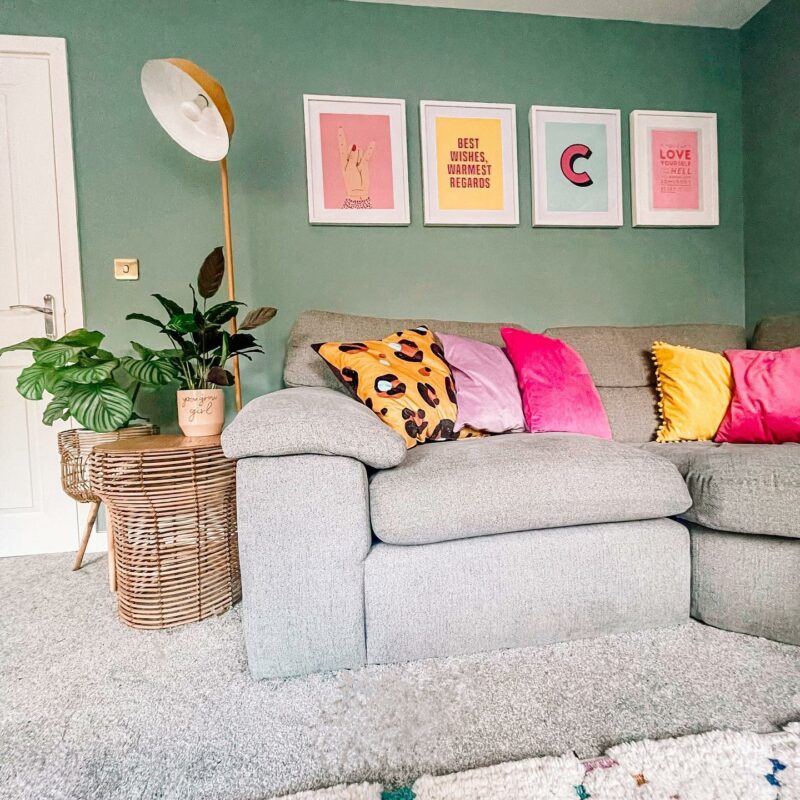
Morgan sofa | @poursomecolouronme
Pairing patterns can be a delicate art, as it’s easy to go overboard. To make it work, there are two main approaches. The first is to keep things cohesive by choosing patterns that share a similar shape, style, or colour palette. For example, two floral prints in different colourways will feel far more harmonious than a floral mixed with tartan or paisley.
Alternatively, you can embrace contrast and a more maximalist aesthetic. This works best when the juxtaposition feels intentional — think a pink floral cushion paired with a leopard print throw. The interplay of colour, pattern, and texture creates an eclectic yet stylish look.
Mixing and matching sofas and chairs is a simple yet impactful way to add depth, personality, and warmth to your living room. Start small with complementary cushions or a contrasting accent chair, and build confidence as you experiment. And remember: there are no rigid rules, just choose what feels right for your home.
We’d love to see how you style your mismatched living room! Tag us on Instagram or TikTok and use #OakFurnitureland #GrowYourHome to share your look.

